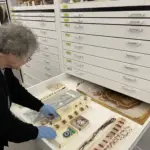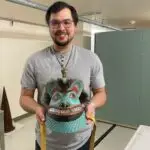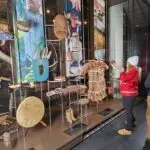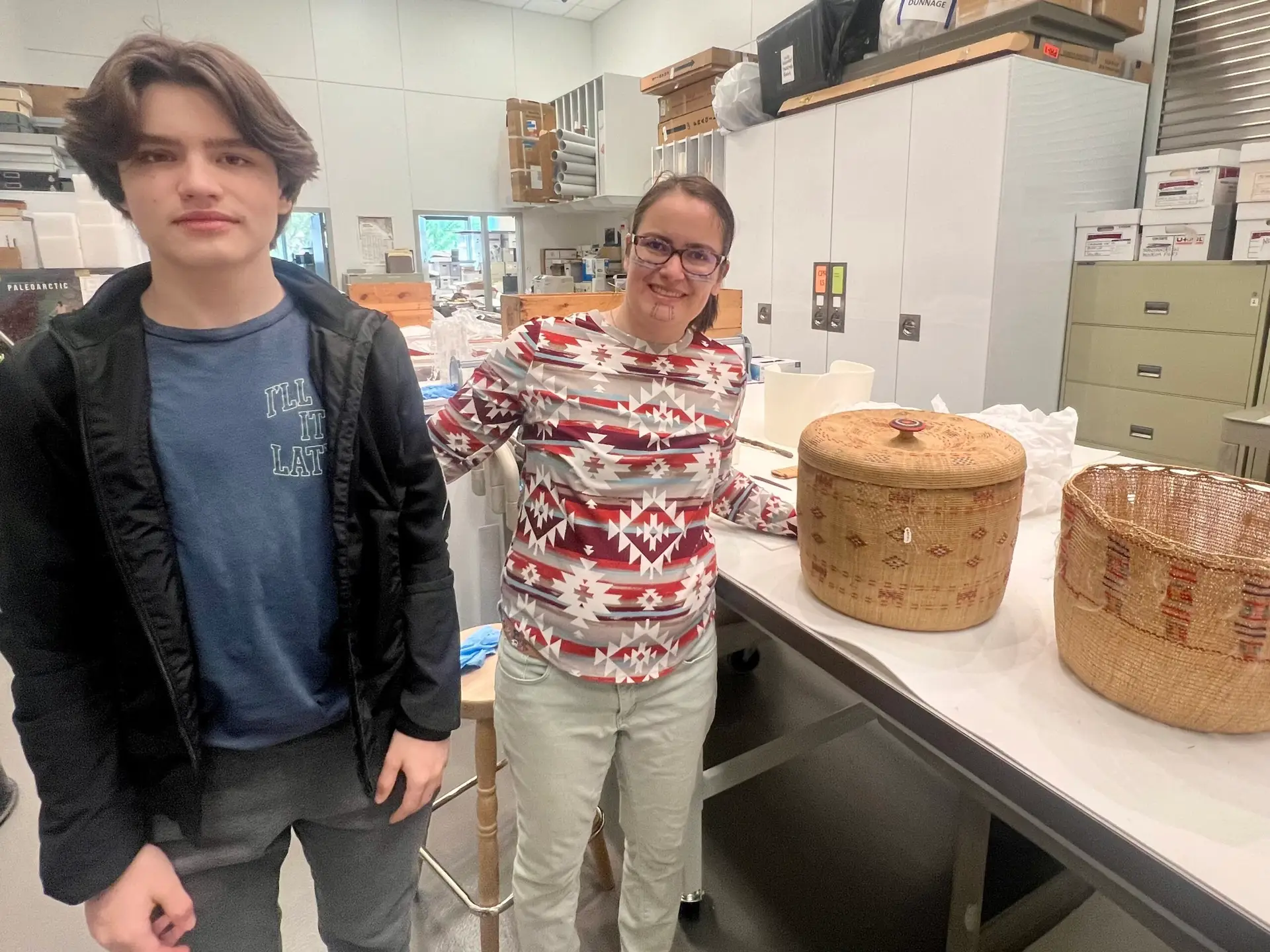A Journey to What Matters: Increased Alaska Native Art &...
Read MoreCollections Photography Workshop
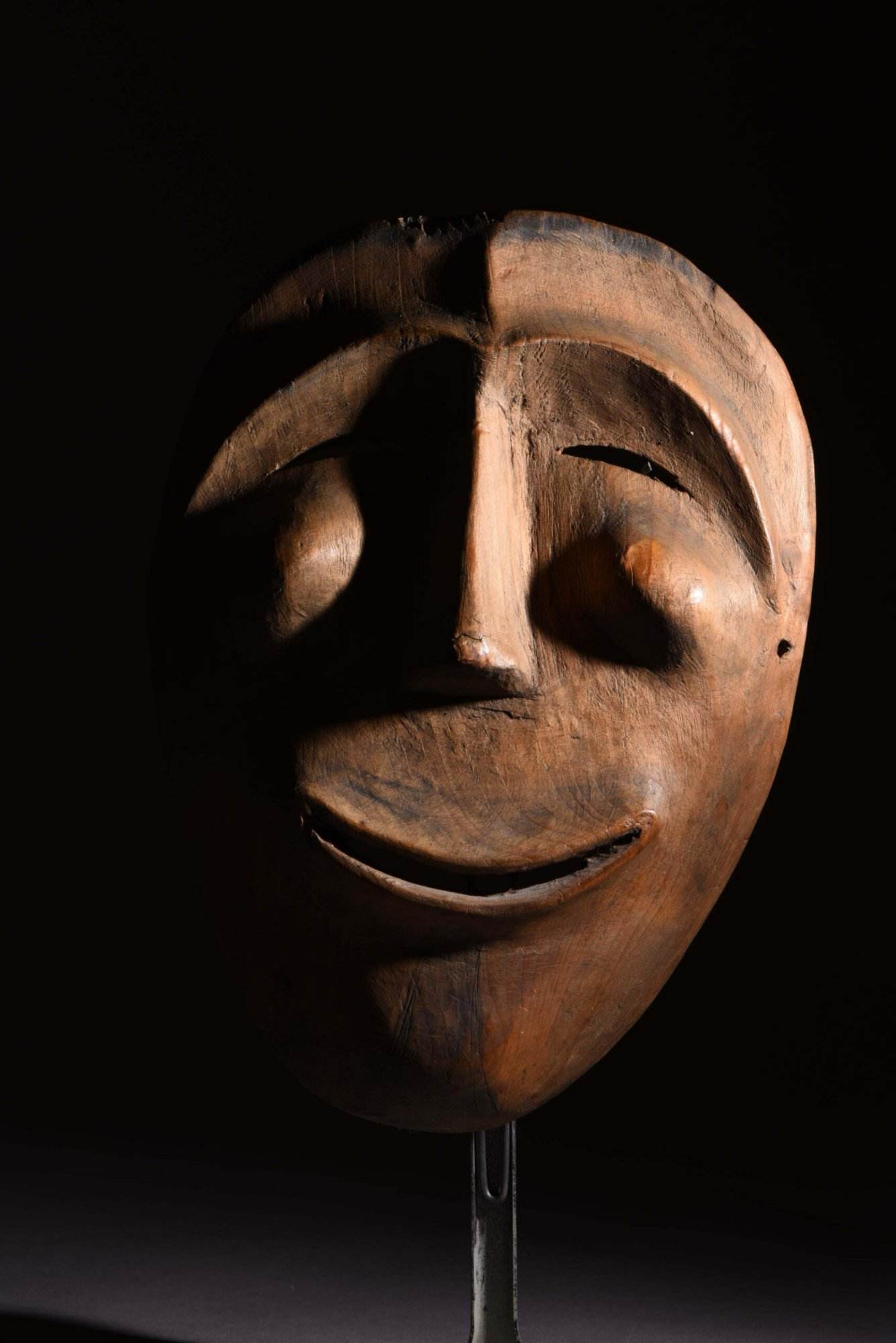
In November 2023 the Alaska Native Museum Sovereignty group spent two days in Seattle to complete a collections photography workshop led by Dr. Sven Haakanson at the Burke Museum.
Photographing collections provides a way to record information in museum collections that may not be available in public records. It is also an exercise in close looking. Here are a few of the lessons that we learned during this workshop:
Preparing for your visit: If you are traveling with a team, develop a plan in advance including deciding who will take photographs, who will take notes, and who will assist with setting up the photography space and processing materials. Have a plan for what you would like to photograph and a purpose for your visit. Who are you recording images for? As shared by Dr. Haakanson, “You should think about the purpose of your visit. This makes all the difference if you know why you are doing it. Create purpose in your mind and heart.”
Equipment: Make sure you have your camera charged, with extra batteries, and space on your storage cards for new images. Bring pencils and erasers with you, as most museums will not allow you to use pens in collections storage. Having a tripod is key for making high-quality still images. Also, consider purchasing a macro lens and wide-angle lens for your camera. Bring a ruler so that you can record measurements. If you are planning to make sketches, use acid-free paper that will not degrade over time. As shared by Dr. Haakanson, “You will notice additional details when you take the time to sketch what you are looking at.”
Photographing materials. Photograph the front, back, and sides of materials if you are able. For garments, take photos of the inside stitches if you can to be able to share with makers at home. When photographing weavings, photograph the start and end of a weaving. Some materials may be too delicate to move, so ask for assistance before you move an item to avoid any damage. For scale, include your hand in the photograph. Take photos in raw so that you can edit them later.
Data Management: Be consistent in your note-taking and measurements. Keep track of each item’s accession number so that you have it in your records for the future.
Make a plan for how you will back up your images so that they stay safe if your storage card is lost or broken. Consider sharing copies of your images with a cultural center. Keep a folder of collection’s highlights that is easy to access.
Sharing with Others: If you have the opportunity to visit collections, share what you learn with others so that those who do not have the opportunity to visit can learn from your images.
Participant feedback: “I really learned so much during our time together, from some of the more technical aspects of photographing in museum collections to the challenges and realities of navigating within museum spaces in the different ways we must as Indigenous scholars. “
“There are so few of us (Alaska Native people) involved in museum work, and we are very spread out. This workshop was an opportunity to build our collective skills and to build our connections. It has been amazing to be here with a group that is interdisciplinary, intergenerational, and multi-cultural.”



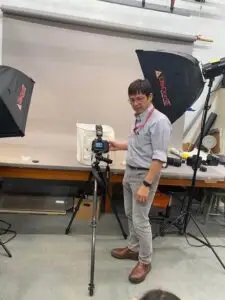
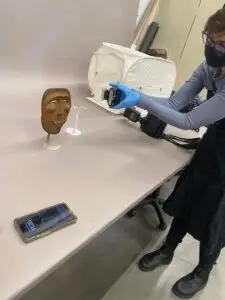
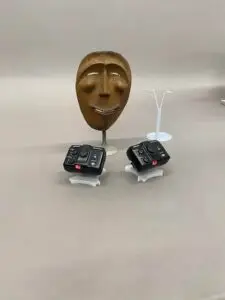

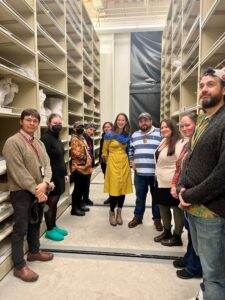
Read more about TCF’s A Journey to What Matters: Increased Alaska Native Art & Culture and Alaska Native Cultural Heritage and Artistic Sovereignty in Museums
Share Your Story: ANC Museum Archives
A Journey to What Matters: Increased Alaska Native Art &...
Read MoreKodiak Alutiiq Dancers AANC Anchorage Museum
A Journey to What Matters: Increased Alaska Native Art &...
Read MoreAccess to Alaska Native Collections
A Journey to What Matters: Increased Alaska Native Art &...
Read More
